Dogs are wonderful creatures that bring so much joy into our lives, but sometimes their behavior can be quite the puzzle. Dog reactivity is a common challenge many pet owners face, often without even realizing how their actions might be contributing to it. The good news is that with a little introspection and adjustment, you can create a calmer environment for your furry friend. Let’s explore some ways you might unknowingly be encouraging your dog’s reactivity and learn how to make small changes that lead to big improvements.
1. Their Relaxation Feels Like Work
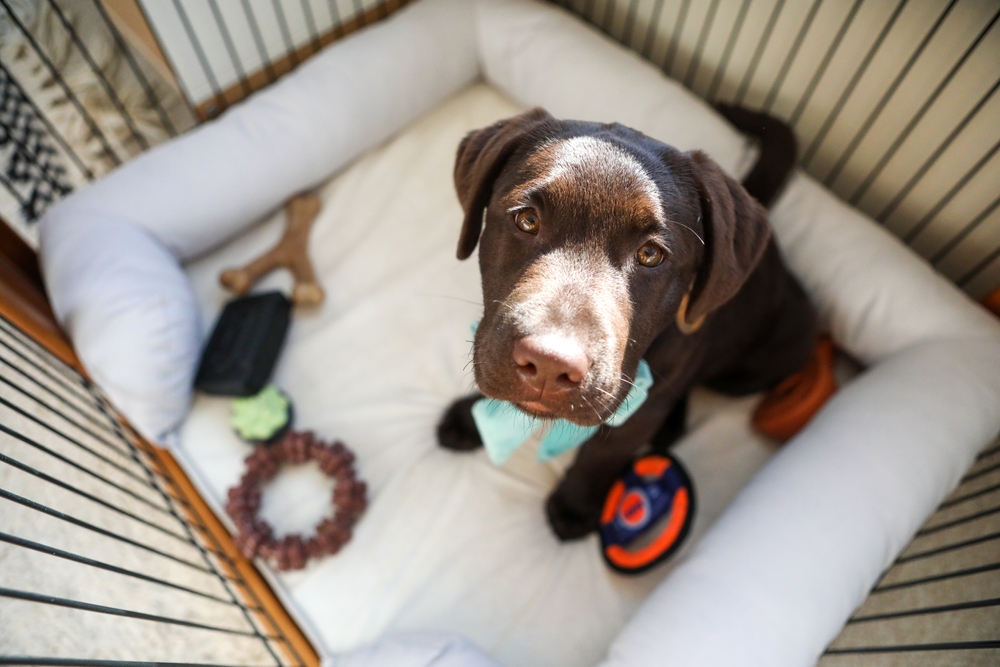
Some dogs have a hard time unwinding, but if you treat relaxation as something they must achieve forcefully, you’re in for a challenge. When relaxation becomes a task, it can become stressful for your dog. Instead of encouraging tension, help them find a naturally calming routine. Try creating a space filled with their favorite toys and a cozy bed where they can chill at their own pace. Keep the environment low-key without any pressure or expectations.
By respecting their personal space and allowing them to find their chill, you’re promoting a peaceful mindset. Remember, relaxation should be organic and not something to tick off a checklist. Even dogs need their downtime to feel less reactive. A little bit of freedom goes a long way in helping them feel secure. So, take a step back and let them find their own piece of zen.
2. Overloading with Commands
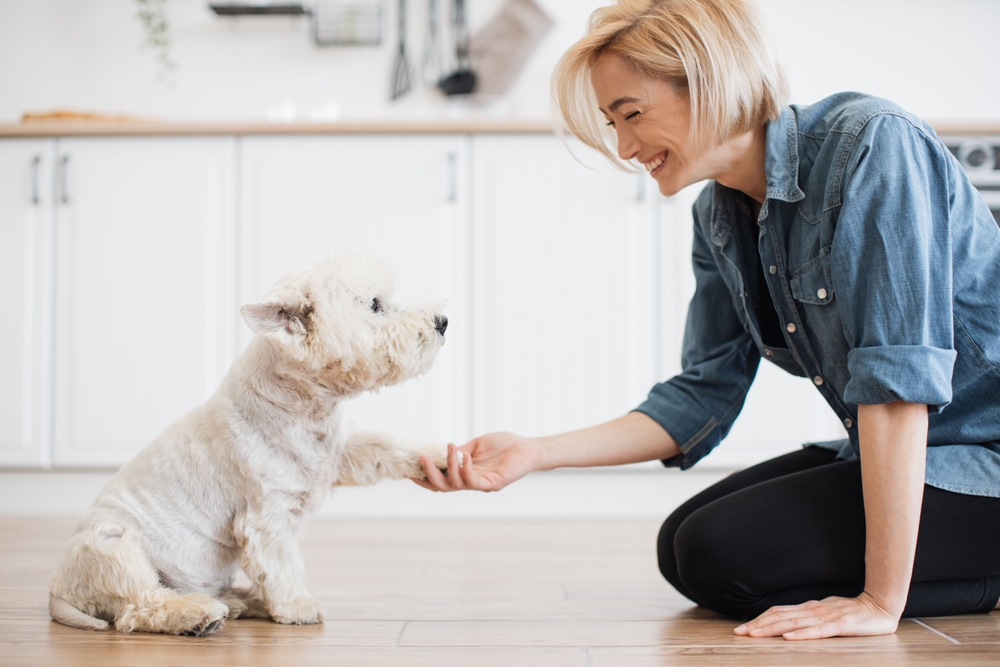
Dogs thrive on understanding and predictability, but too many commands too fast can lead to confusion. You may think that frequent instruction keeps them in line, but it can actually overwhelm them. Throwing rapid-fire commands can stress a dog out, making them more reactive. Take a moment to consider the commands you’re giving and how often you’re giving them.
Instead of overwhelming your dog, focus on clear and consistent communication. Give them the chance to process and respond, rather than bombarding them with words they can’t follow. This slower pace can help them feel more confident and less reactive. Remember, quality over quantity is key in communication with your pup. Give them the space to think and respond, and you’ll notice a calmer demeanor.
3. Feeding into Their Frenzy
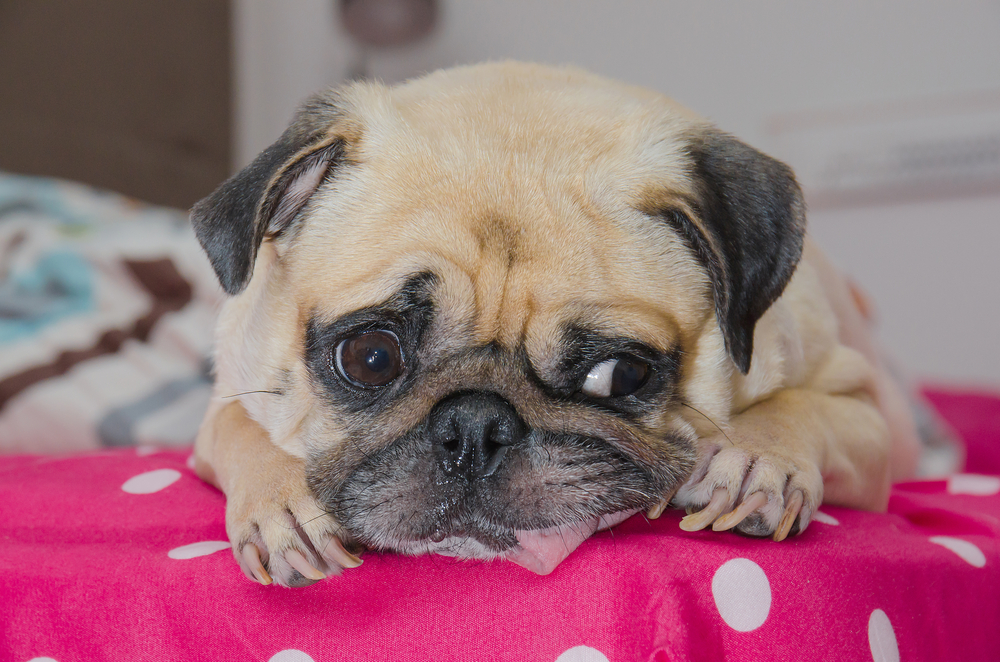
Dogs pick up on our energy, and if you’re freaking out, they might start freaking out too. When you react to their excitement with excitement, it can escalate into chaos. Emotions can be contagious, so stay calm and composed when they start to get worked up. Take a deep breath and channel a sense of tranquility to help them mirror your vibe.
When they see you maintain your cool, they’re more likely to follow suit. It’s important to manage your expectations and reactions to their behavior. If you respond with calmness, they’ll learn there’s nothing to worry about. This doesn’t mean you should ignore their energy, but rather guide it with calm and steady reassurance. The less you feed into the frenzy, the more they’ll learn to regulate themselves.
4. Inconsistent Responses
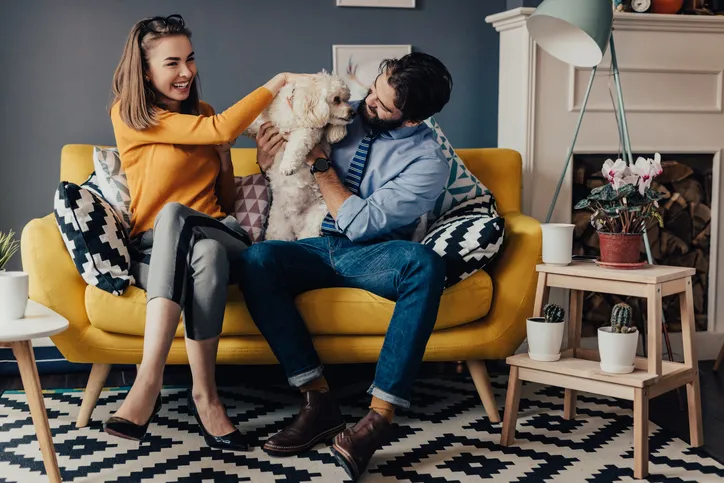
One day you’re okay with them jumping on the couch, and the next day you’re not—this sends mixed messages to your dog. Consistency is crucial in helping dogs understand boundaries. If you’re constantly changing your expectations, it can confuse your dog and make them more reactive. Dogs rely on predictable environments to feel secure, which is why your responses need to be consistent.
Set clear rules and follow through with them every time. This consistency helps your dog understand what’s expected of them, reducing anxiety and reactivity. They’ll start to feel more secure in knowing what the boundaries are. Establishing these clear guidelines takes the guesswork out for them, allowing for a more stable routine. With consistency, you’ll both enjoy a more predictable and peaceful coexistence.
5. Ignoring Their Body Language
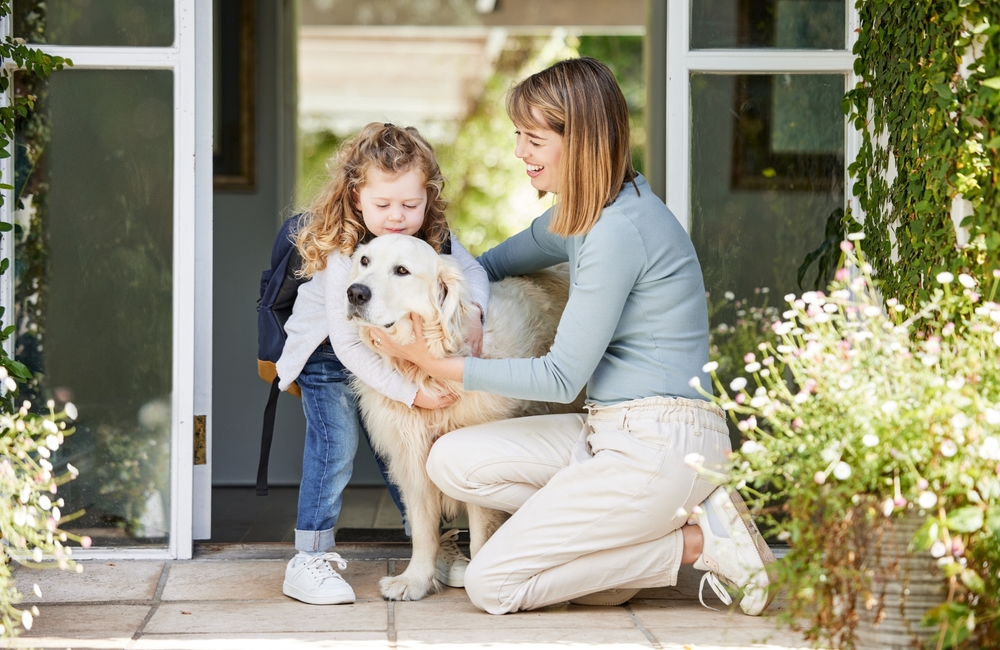
Dogs communicate so much through their body language, yet it’s easy to overlook these subtle cues. If you’re not paying attention to their signals, you might miss out on understanding how they’re feeling. When they show signs of stress or discomfort, acknowledging it can go a long way in managing their reactivity. Learn to read their ears, tail, and posture as these can give you insights into their emotional state.
By tuning into these signals, you can adjust your behavior to help them feel more at ease. It’s about observing the little things and responding with care and awareness. A wagging tail doesn’t always mean happiness, and understanding these nuances makes a big difference. When you understand their language, you’ll be better equipped to provide them with the comfort they need. This awareness can lead to a harmonious relationship where reactivity is minimized.
6. Overstimulation from Surroundings
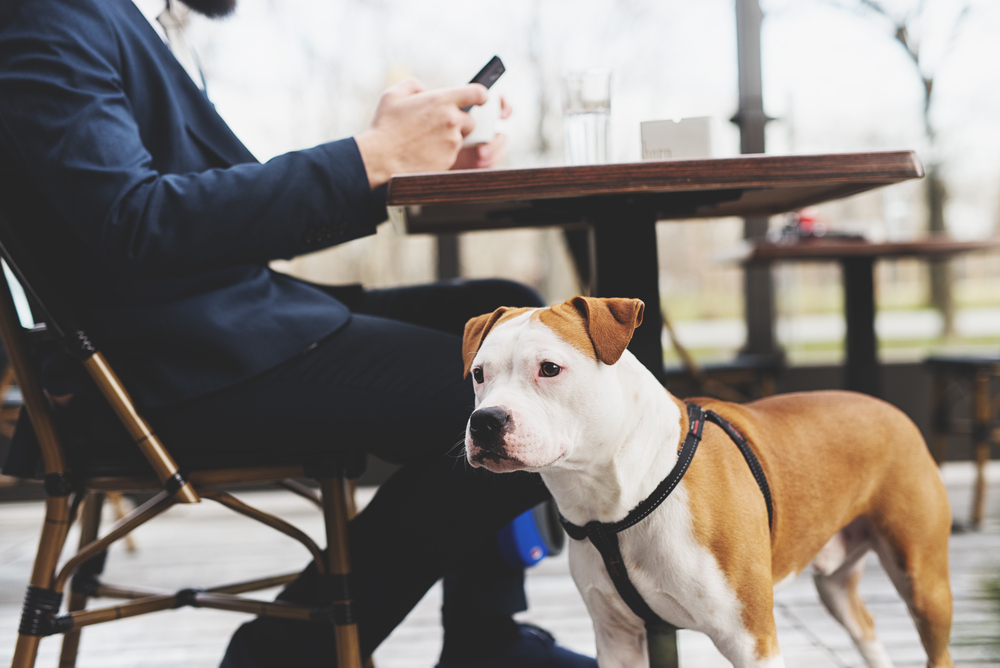
The world is an exciting place, but sometimes it can be a bit too much for our canine friends. If your environment is full of noisy distractions, bright lights, or constant activity, it can be overwhelming for your dog. Such overstimulation can heighten their stress levels, making them more reactive. Consider creating a more serene atmosphere that allows them moments of peace and quiet.
You don’t have to eliminate all fun, just be mindful of how different stimuli affect them. Introduce new experiences gradually and observe how they respond. A calming environment supports a balanced state of mind for your dog. Enrich their space with relaxing elements like soft music or calming scents. This approach helps them unwind, reducing the likelihood of reactive outbursts.
7. Reinforcing Bad Habits
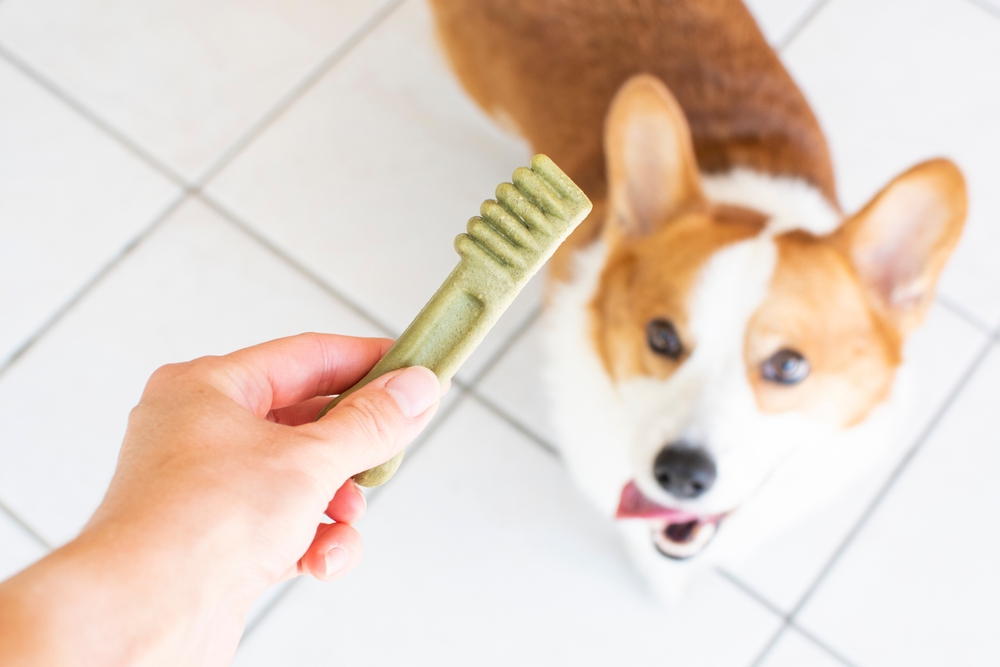
Sometimes, without even realizing it, you might be encouraging behaviors you’re trying to avoid. Rewarding a dog when they’re barking or pulling on the leash can reinforce these unwanted actions. It’s important to be aware of when you’re accidentally giving positive reinforcement to behaviors that contribute to reactivity. Take a step back and assess how you’re responding to their actions.
Instead of rewarding them when they’re reactive, focus on praising calm behavior. Redirect their energy with positive reinforcement when they act in a way you want to encourage. Consistent acknowledgment of their good behavior helps shape their actions over time. Remember, what you reward is what you’ll get more of. By reinforcing the right behaviors, you’re creating a foundation for a more composed and less reactive dog.
8. Neglecting Mental Stimulation
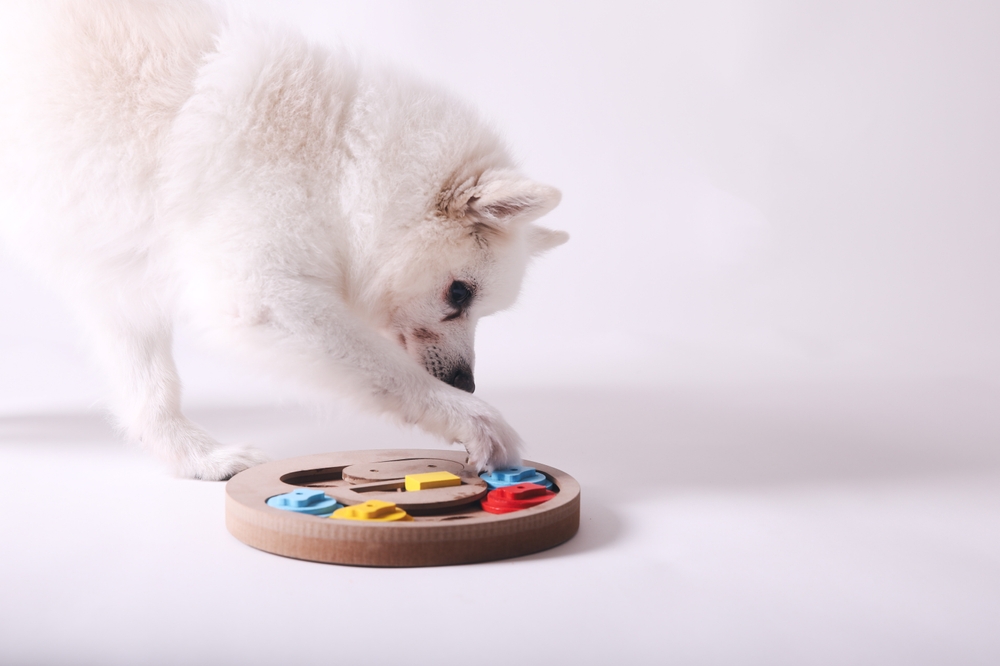
A bored dog is a reactive dog, and mental stimulation is just as crucial as physical exercise. Without enough mental challenges, a dog’s energy might manifest as reactivity. Engaging their brains with puzzle toys, training exercises, and varied activities can help channel their energy positively. When they’re mentally fulfilled, they’re less likely to overreact to situations.
Providing them with a variety of mental challenges not only tires them out but also enriches their lives. It’s like giving their minds a workout, keeping them sharp and content. Swap out toys regularly to keep things interesting and engage them in interactive play. This mental engagement can significantly reduce the chances of them becoming reactive out of boredom. A well-stimulated dog is usually a happy and calm one.
9. Not Enough Physical Exercise

While mental stimulation is important, physical exercise is equally crucial in managing a dog’s reactivity. Pent-up energy with no outlet can lead to frustration and overreaction. Ensuring they get enough physical activity helps them burn off excess energy and reduces stress. It’s not just about walks; think of fun activities like fetch, agility, or swimming to keep them moving.
Regular exercise helps maintain their physical health, which in turn supports their mental well-being. It’s a great way for them to release any built-up tension. Ensure that their exercise routine is appropriate for their breed, age, and health conditions. A tired dog is often a well-behaved one, as they’re less likely to react impulsively when they’re content and exhausted. So lace up those sneakers and enjoy some active time together.
10. Lack of Socialization
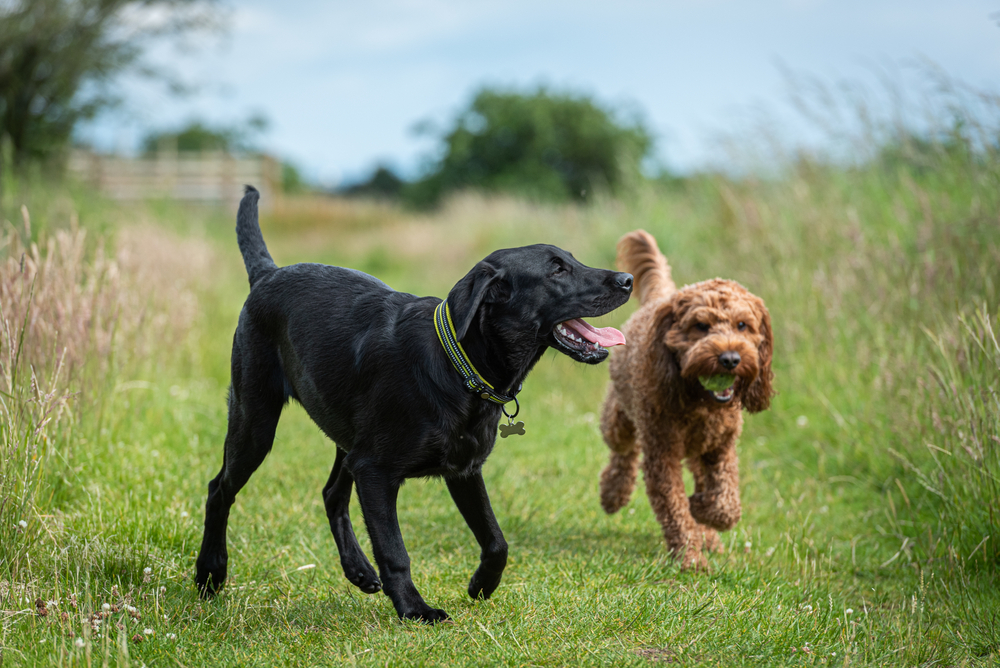
Socializing your dog is more than just meeting other dogs; it’s about exposure to various environments, people, and situations. If they aren’t regularly experiencing these, they might become reactive when faced with something unfamiliar. Early and positive socialization can help them adapt to new experiences without fear. Gradually introduce them to different scenarios and ensure each experience is positive.
A well-socialized dog is typically more confident and less likely to be reactive. Encourage gentle interactions and monitor how they respond to new situations. This doesn’t mean overwhelming them; go at a pace that suits their comfort level. Socialization is a continuous process that helps them learn the world is a safe and exciting place. The more they’re exposed to, the less reactive they’ll be when encountering new situations.
11. Unpredictable Routines
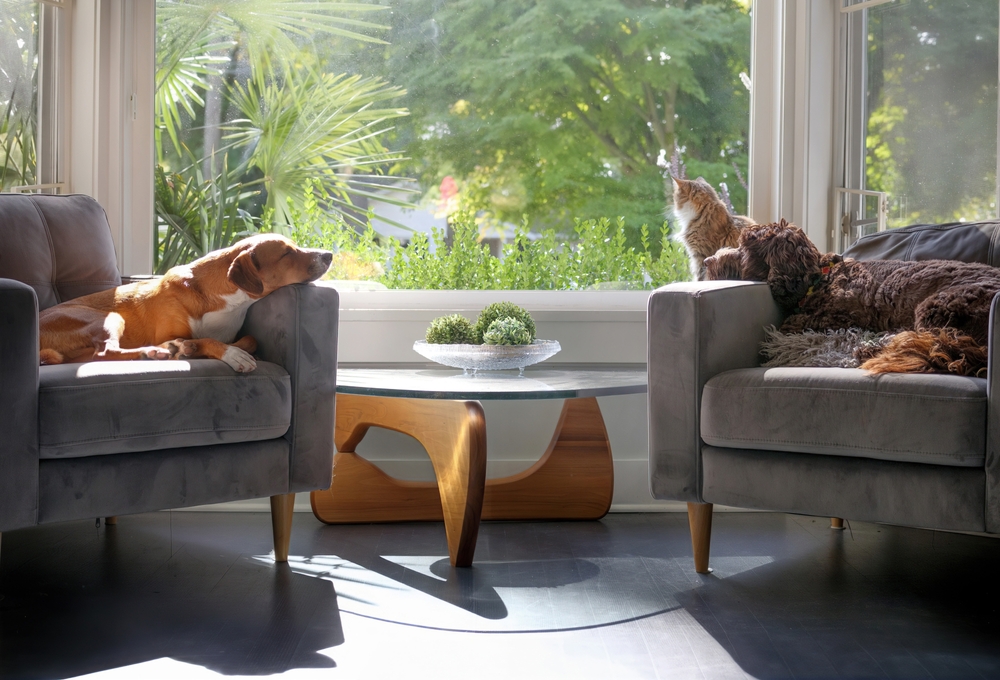
Dogs love routine and predictability; it gives them a sense of security. An erratic schedule can create stress and anxiety, leading to reactivity. Establishing a consistent daily routine provides them with structure and stability. Regular feeding times, walks, and play sessions help them know what to expect.
Routines reduce uncertainty and help them feel more in control of their environment. This stability can significantly lessen anxiety-induced reactivity. While it’s okay to mix things up occasionally, a baseline of consistency is beneficial. Reactivity can often stem from feeling unsettled, so a predictable routine can alleviate this. Help your dog feel grounded by maintaining a dependable schedule.
12. Skipping Training Sessions
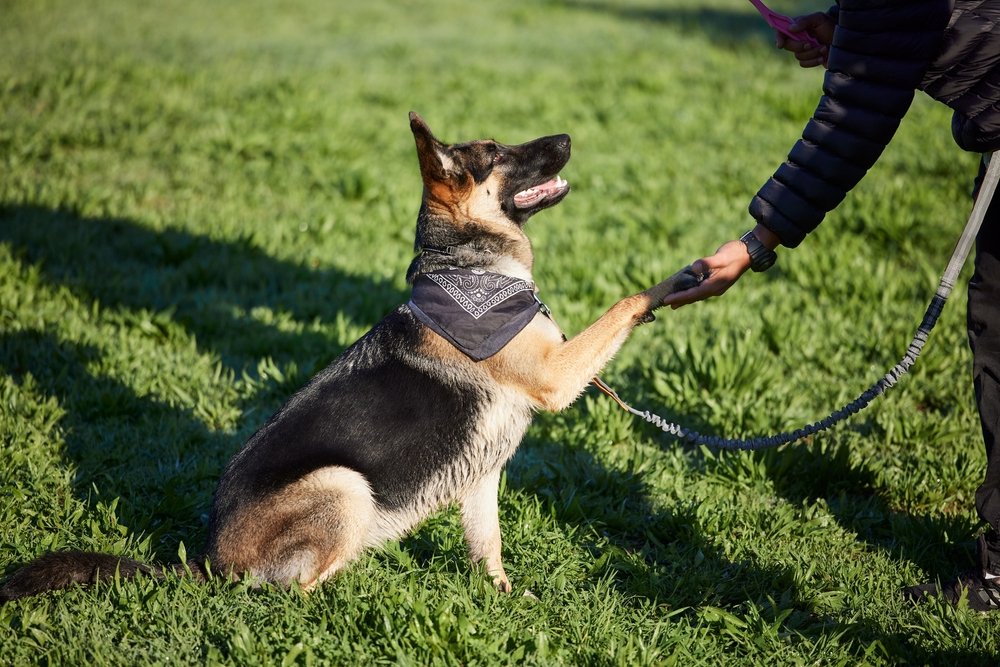
Training isn’t just about teaching commands; it’s a way to bond and communicate with your dog. Regular training sessions help reinforce good behavior and reduce reactivity. Skipping training can lead to forgotten lessons and increased impulsivity. Consistent practice keeps their skills sharp and their minds engaged.
Training is an ongoing journey that helps develop trust and understanding. It also provides them with mental stimulation and a sense of accomplishment. Even short, daily sessions can make a big difference in their behavior. Keep training sessions positive and reward-based to encourage cooperation. A well-trained dog is often more secure and less reactive.
13. Ignoring Triggers
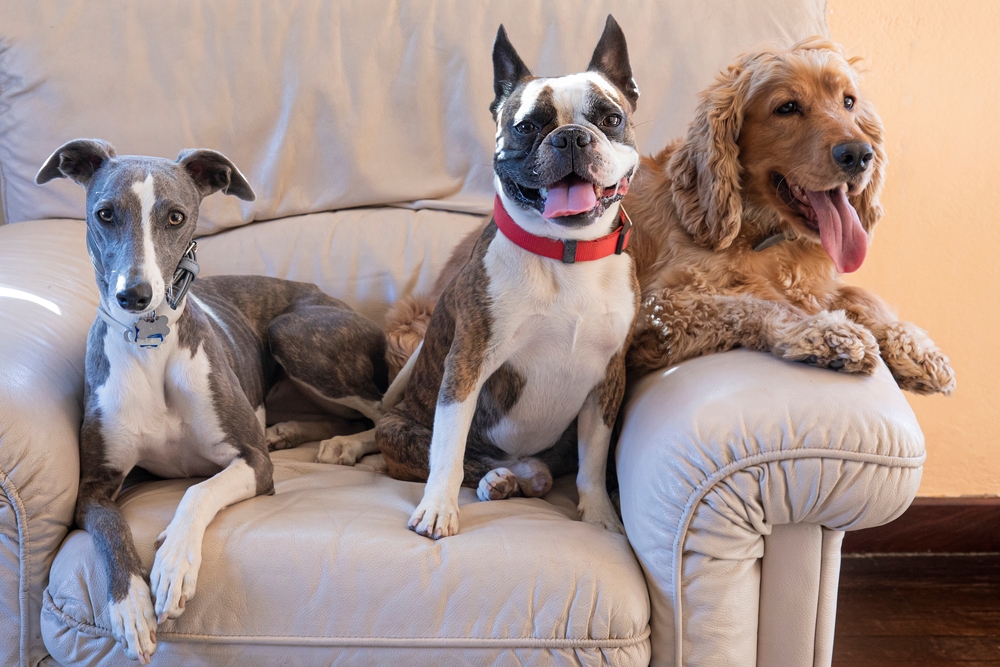
Every dog has their own set of triggers that can cause them to react. Ignoring these triggers doesn’t make them go away and can actually worsen reactivity over time. Identify what sets them off—be it other dogs, loud noises, or specific environments. Understanding these triggers allows you to manage and gradually desensitize them.
Once you know their triggers, work on exposing them in a controlled manner. Use positive reinforcement to reward calm behavior in the presence of triggers. This gradual exposure helps them learn that these stimuli are not threatening. By acknowledging and addressing triggers, you help them build resilience and confidence. Acknowledging their fears and working through them is essential in reducing reactivity.
14. High Expectations
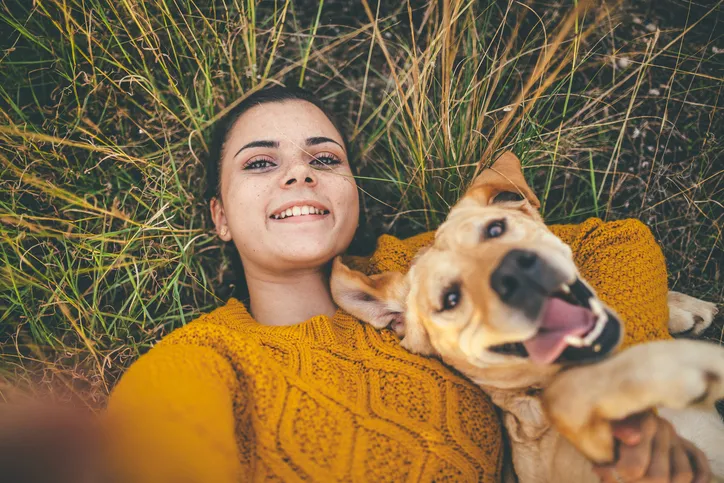
Every dog has a unique personality and not every dog is going to be a social butterfly. Expecting them to behave perfectly in all situations can lead to frustration for both of you. Accepting their quirks and limitations is crucial in managing your dog’s reactivity. Adjust your expectations based on their comfort levels and experiences.
Set realistic goals and gradually work towards them with patience and understanding. Celebrate small victories and remember that progress takes time. Putting pressure on them to perform can increase stress, leading to more reactivity. Be there to support them, not demand perfection. With a bit more understanding and empathy, you’ll foster a calmer, happier dog.
15. Neglecting Your Own Well-being
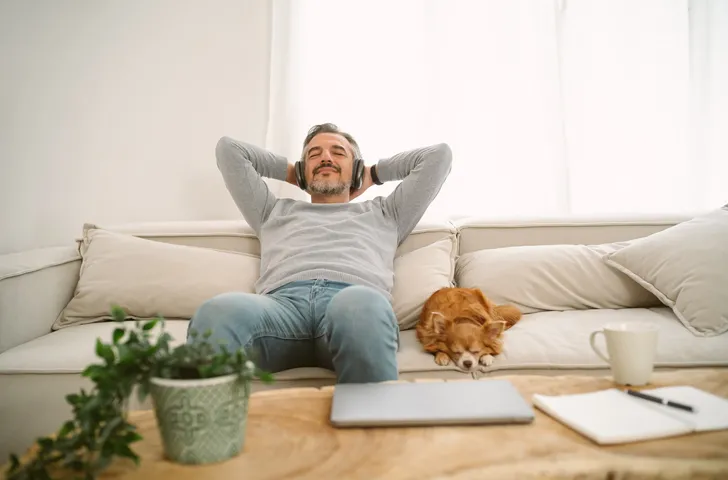
Your emotional and physical well-being greatly impacts your dog. If you’re stressed or anxious, your dog can pick up on that energy. Taking care of yourself ensures you’re in the right mindset to manage and train your dog effectively. Prioritize your own mental health along with your dog’s needs.
Engage in activities that relax and recharge you, whether it’s a hobby, meditation, or exercise. A calm and balanced owner can provide better guidance and stability for their dog. Dogs are attuned to your emotions, so creating a peaceful environment benefits both of you. Remember, you’re a team, and your well-being is just as important in managing their reactivity. By nurturing yourself, you’re better equipped to nurture your furry friend.
